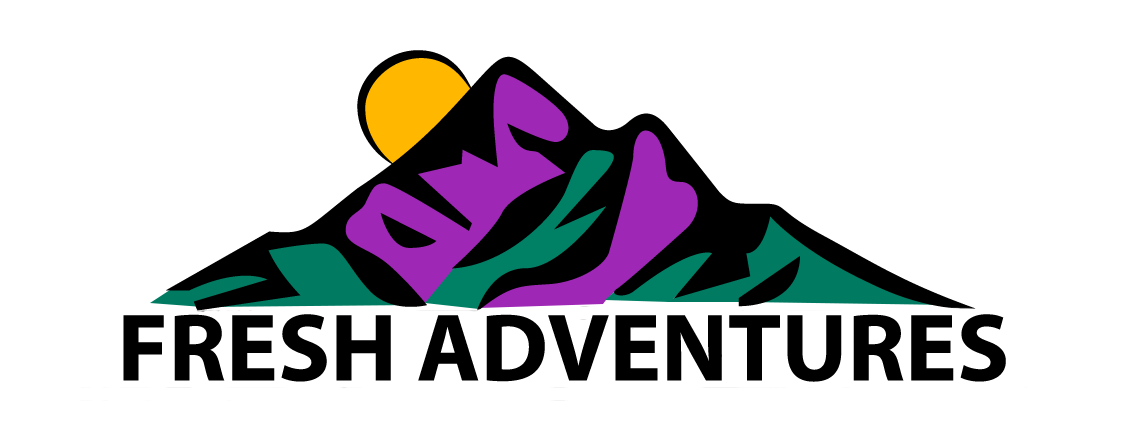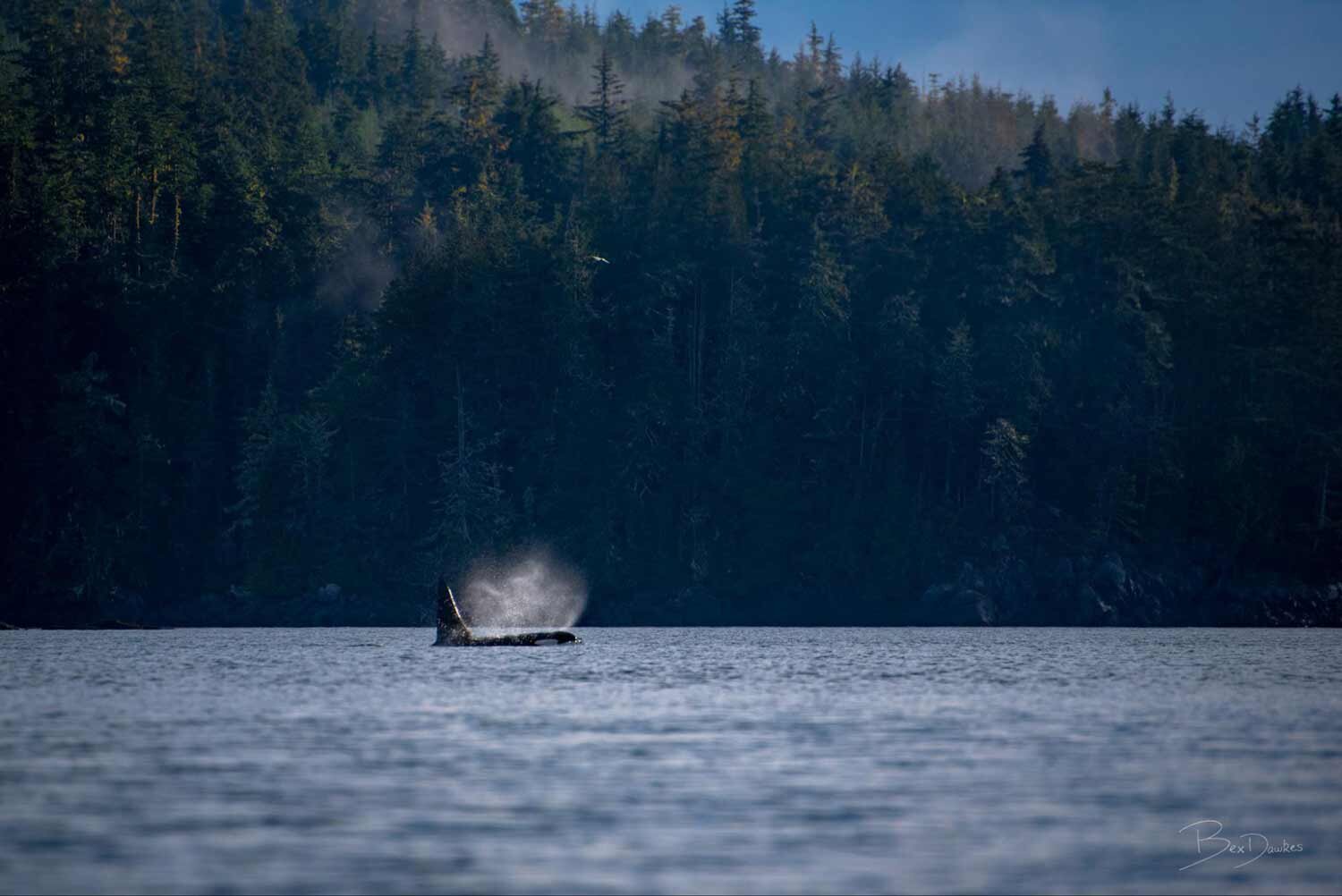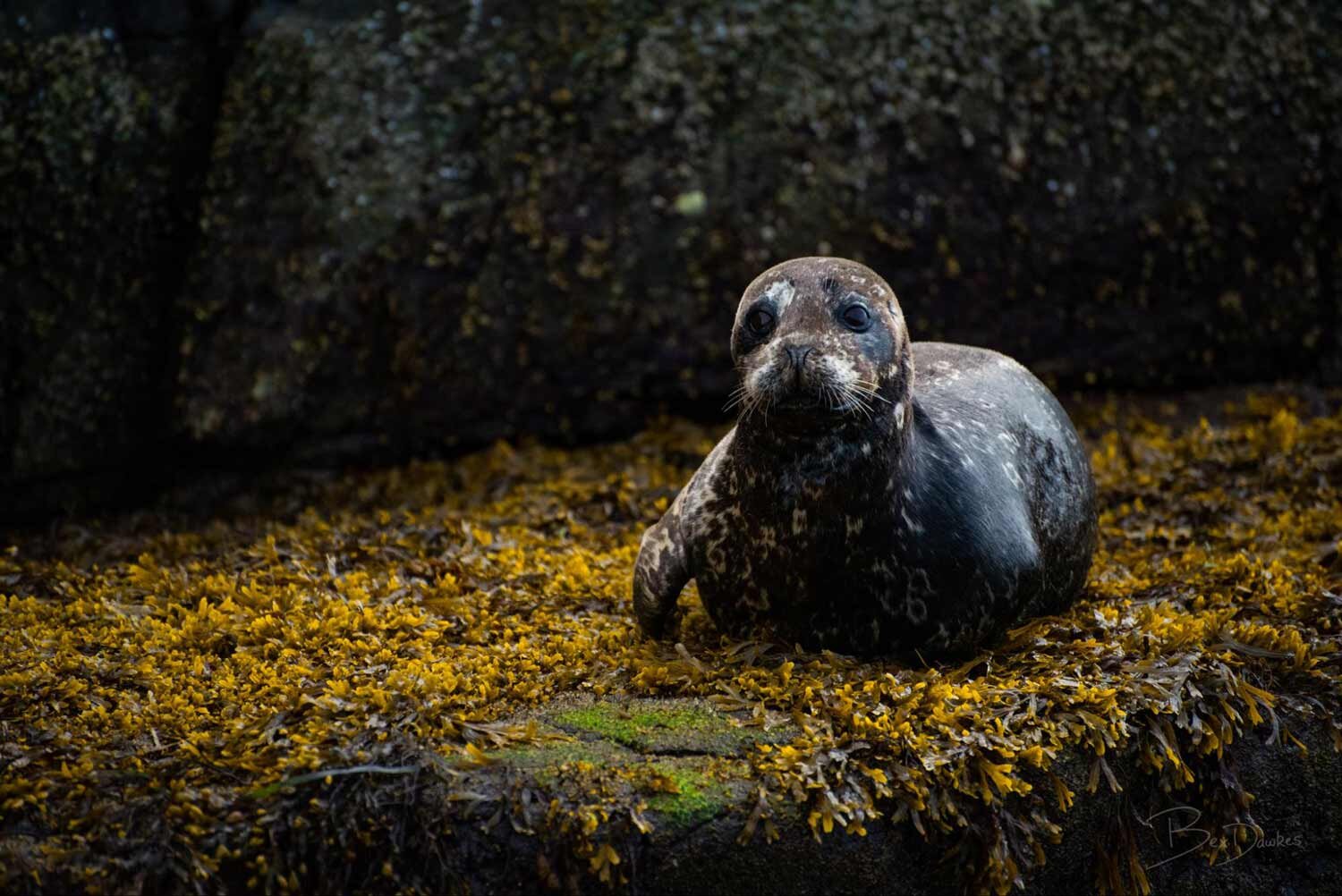Vancouver Island Wildlife Viewing Guide
And how to see wildlife on Vancouver Island
At 32,134 km², Vancouver Island is much bigger than most people realize - in fact, it’s about ¾ the size of Switzerland and contains about the same number of mountains! It takes 6 hours to drive from the bottom to the top (500km from Victoria to Port Hardy) and 5 hours to drive across it (Nanaimo to Tofino), so it’s definitely not just a day trip on your big Canada adventure. Vancouver Island is a unique destination deserving of its very own vacation, especially if you are interested in wildlife. Avid hikers flock to the West Coast Trail each year in search of solitude and wildlife!
This large land mass located off the west coast of British Columbia, is home to hundreds of thousands of animals and vast expanses of wilderness. You could say that the wildlife that calls the Island home is one of the main attractions of Vancouver Island. If you’re looking for iconic keystone species, magnificent megafauna or beautiful birds, Vancouver Island has it all. And justifiably, it is known as one of the best destinations in the world for wildlife watching. No wonder wildlife tours are some of the best tours on Vancouver Island!
So whether you’re wistful for whales, burning for bears or searching for the salmon spawn, read on to get an inside scoop on the best spots to view wildlife on Vancouver Island.
DISCLAIMER: Even if you visit these destinations during the peak season, it is never guaranteed that you will see the wildlife you are hoping for. Manage your expectations, and plan other exciting things into your trip to Vancouver Island too. That way, you hopefully won’t be devastated if you have to leave before catching a glimpse of that one elusive animal.
TOP WILDLIFE VIEWING TIPS:
Be patient and quiet. Wildlife is unlikely to reveal itself to you if you’re making a lot of noise. It’s also unlikely to just magically appear in the first few moments you arrive. Stay a while: good things come to those who wait.
Be cautious. You’re in bear country - carry bear spray, hike with a friend and keep your eyes out for signs of bears, wolves and cougars.
Be respectful. These animals are wild and can behave unpredictably. Do not approach them. Do not feed them. Do not attempt to habituate them in any way. Before you arrive on the island, educate yourself on the laws, regulations and best practices of wildlife watching.
Bring a pair of binoculars or a camera with a good zoom lens. Having either of these will enable you to get a good look, while remaining at a safe distance.
Hire a guide, or join a reputable wildlife watching tour. Although more expensive than going on a self-guided adventure, the locals and professionals are much more likely to know the best spots to head to. Plus, they should be well practiced on adhering to regulations and know how to remain at a safe and respectful distance.
Seeing a Humpback Whale diving in the Broughton Archipelago - photo by Bex Dawkes
MARINE LIFE
The Pacific Ocean surrounding Vancouver Island is rich in life - in fact 25% of all the marine mammals in the world can be seen in these waters. Some of the main hotspots for marine wildlife viewing are near Pacific Rim National Park on the West coast, and off the East coast - near Telegraph Cove and around the Discovery Islands.
Humpback Whales
Humpbacks are migratory, visiting BC waters during the summer months to feed and spending their winters in Hawaii or Mexico to mate and calve. Clayoquat Sound near Tofino, and the waters around Telegraph Cove tend to see the largest numbers of Humpbacks every year, although there have been increased sightings around Victoria too.
Gray Whales
Gray Whales have the longest known migration of any mammal. Every year they travel from Mexico to Alaska and back again. In the spring (Feb-late April), they swim past the Western shore of Vancouver Island, with many choosing to stop and feed in the sheltered bays near Tofino. Some stay for the summer, but the majority will continue their journey northwards. Tofino hosts the Pacific Rim Whale Festival every March to coincide with the Gray Whale migration. This week long event is a fantastic opportunity to see these magnificent creatures and learn all about them and other cetaceans.
Northern Resident Orca playing in Blackfish Sound near Vancouver Island - photo by Bex Dawkes
Killer Whales (Orca)
The Northern Resident Orca pods are often seen swimming through Johnstone Strait, Blackfish Sound and rubbing their bellies at Robson Bight during the summer. The best chance to see them is by jumping on a whale watching tour boat from nearby Telegraph Cove, or exploring the area on a kayaking expedition. Biggs Orcas have also been spotted in many places around Vancouver Island, but much less is known about these larger Orcas. In fact, they used to be known as ‘Transients’ because we thought they didn’t roam a specific territory. Turns out that’s incorrect, but we are yet to pinpoint some reliable spots that have a higher chance of seeing them.
Dolphins & porpoises
Pacific White-Sided Dolphins and Dall Porpoises are often seen jumping around in Johnstone Strait. Sometimes if you join a whale watching tour, you get more than you paid for! Harbour Porpoises are also seen around harbour areas all over the island, with regular sightings in Tofino.
Sea Otters
Sea otters are one of the rarest marine mammals in Canada. They were hunted to extinction in the 1700s, but reintroduced to the area around Vancouver Island in 1972. Nootka Sound on the West coast of the island harbours some rich kelp forests, which is where these cute pups can normally be found - sometimes rafted together, having a nap in the afternoon sun.
Sea lions
A huge colony of California sea lions congregate in Fanny Bay near Denman Island during the winter. They travel there to wait for the Herring spawn in February. Often, hundreds will haul themselves out of the water to sunbathe on the docks. Steller sea lions like to hang out on isolated rocks, further away from civilization. So if you want to see one of these giant sea bears, your best bet is to get out on the water, on a wildlife watching tour.
Harbour seal relaxing on a rock in Desolation Sound, Vancouver Island - photo by Bex Dawkes
Seals
Harbour seals can be swimming in shallow coastal waters, all around Vancouver Island - particularly where there are calm waters and rocky surfaces to prop themselves up on. Many are often seen playing near the harbour in Victoria. Race Rocks is an established ecological reserve on an isolated rocky outcrop at the very Southern tip of Vancouver Island. It is home to the northernmost breeding colony of Elephant seals in the world. These massive pinnipeds come ashore between June-August to mate, pup and molt, spending the rest of their lives at sea. The waters around Race Rocks are very dangerous, so the safest way to view these animals is by jumping on an ecotour boat from Victoria.
Intertidal life
Marine life doesn’t have to be all about the big charismatic megafauna. If you’re more interested in the weird and colourful creatures that can be found within the intertidal zone, travel to some of the beaches on the SW corner of the Island, such as Botanical Beach in Juan de Fuca Provincial Park. During low tide, you might stumble across sea urchins, sea stars and sea cucumbers to name but a few! Just remember that although these creatures don’t move quickly, they are very much alive. Do not pick them up or disturb them, leave them in peace.
LAND MAMMALS
With such a diverse landscape, spanning everything from open coastline to fertile grasslands to rugged mountaintops, it’s no wonder that Vancouver Island’s wilderness is home to many different types of wild animals.
Intertidal zones are where to see black bears on Vancouver Island.
Black Bears
Vancouver Island is home to the highest density of black bears in North America. These omnivorous mammals are most often spotted while picking berries, munching on sweetgrass or fishing for salmon during the spawn. There are lots of Black Bears seen in the Pacific Rim National Park between Tofino and Ucluelet, Juan de Fuca Provincial Park along the SW coast and in the remote regions at the North end of the island, near Port Hardy and Port McNeill. Another hot spot is Knight Inlet - accessed via float plane from Campbell River.
Grizzly Bears
Grizzly Bears are not native to the Island. In fact, there are only a handful of Grizzlies there, and they’ve arrived very recently by swimming over from the mainland. If you want to increase your chances of spotting one of BC’s most feared predators, your best bet is to join a bear watching tour out of Telegraph Cove. The tour boats head up some of the inlets only accessible from the Island’s North East coast.
Wolves
It is estimated that around 350 Vancouver Island grey wolves live on the Island. Some of these have adapted to become ‘coastal’ wolves and incorporate fish, river otters and seal pups into their diet. The inland wolves have a more traditional diet of deer, caribou and moose. The majority of the wolf population lives at the North end of the island, where human population density is much lower. The coastal wolves are mostly seen on the West coast, north of Ucluelet. Although wolves are territorial, their ranges are large, meaning that it is very hard to predict where they might be seen. If you’re lucky, Pacific Rim National Park might be the best place to go.
BIRDS
Bird nerds beware - once you’ve arrived on Vancouver Island, you’re not going to want to leave. There are hundreds of bird species that call this magnificent island home, and even more pop in for a visit during migration season.
Bald Eagles
Bald Eagles can be seen soaring all over Vancouver Island, but most typically, you’ll see them hunting near large bodies of water, or nesting in Old Growth forests. Salmon is a favourite snack, so they tend to hang around spawning zones during the fall. You’re likely to see a Bald Eagle on your visit to Vancouver Island, if you keep your eyes on the sky and spend most of your time away from densely populated areas.
A shorebird at Esquimalt Lagoon, Victoria - photo by Bex Dawkes
Shorebirds
Millions of birds fly over Vancouver Island during their annual migration from winter to summer feeding grounds. Many of them choose to stop for a rest, meaning that hundreds of types of migratory birds can be spotted on the Island during the spring. The Tofino mudflats and many beaches along the west coast, are excellent locations to see shorebirds in April & May. There’s even an annual Tofino Shorebird Festival you can attend. Esquimalt Lagoon and Shoal Harbour Migratory Bird Sanctuary, both near Victoria, are also good locations for bird watching.
SALMON
A keystone species, Pacific Salmon are an incredibly important part of the BC ecosystem and the annual salmon spawn is a sight to behold. All 5 species of Pacific Salmon spawn on Vancouver Island between late September - early December. The best spots to see them on their journey upstream are at Goldstream Provincial Park in Victoria, Stamp River Provincial Park near Port Alberni, and in multiple streams around Campbell River.
Looking for more wildlife? Check out our Canadian Rockies Wildlife Viewing Guide for info on seeing animals in Banff and surrounding national parks.
Looking to explore Vancouver Island? Check out our West Coast guided trip from Victoria!
About the author
Bex Dawkes
Bex may not have grown up in the mountains but if you saw her gallivanting around the Kootenays you’d think she was a local as grizzled as any! Among hucking herself off pillows and paddling through remote ocean passages, she manages to find time to keep the adventure travel world informed and capture jaw dropping beauty on her camera. She’s easiest to track down at a local brewery and, if you’re lucky enough, you may just be able to explore with her on some of our tours too!







